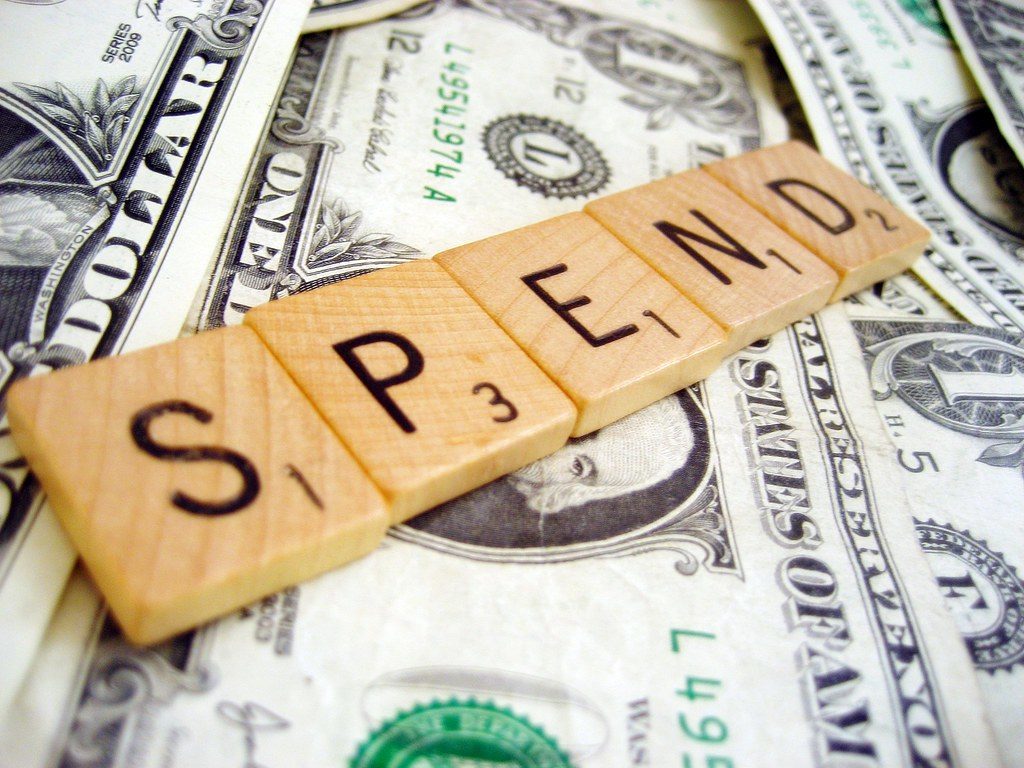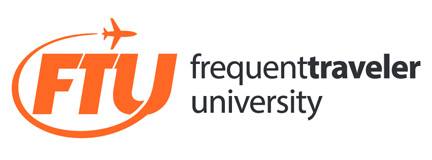Battle of the Cards: Introduction to Credit Card Trifectas
For those familiar with credit card rewards, it can make a ton of sense to pair cards together to maximize your earning. For a while, the “Chase Trifecta” was considered the best trio of cards for earning. However, with this year’s changes to the Amex Gold Card and Citi Double Cash, is there a new top trio?
Over the next week, we’ll be breaking down the best card trifecta from each of the three major banks: American Express, Chase, and Citi.
Battle of the Credit Card Trifectas: Overview
- Introduction to Credit Card Trifectas
- Chase Trifecta Review
- American Express Trifecta Review
- Citi Trifecta Review
- Final Verdict: Which Credit Card Trifecta is Best?
What is a Credit Card Trifecta?
On the surface, a credit card trifecta is pretty self explanatory. It’s a group of three credit cards from the same bank paired together to maximize your points earning. While the cards in your optimal trifecta may vary, the same concept applies.
Let’s use The Platinum Card from American Express for example. The card is great for flights booked with the airline or hotels booked through Amex’s website. Chances are, you’re not spending 100% of your money on airfare or Amex’s hotels. If you just put all your spend on that card, you’d only earn one point per dollar spent on other purchases.
If there’s an option to earn more than one point per dollar, you’d want to do that, right?
That’s where credit card trifectas come into play. They aim to reduce those weak spots by giving you more ways to earn bonus points in categories you already spend in.
What Changed?
Over the past year, we’ve seen both Citi and American Express make changes to their cards to make this a more competitive battle. Amex made the first move with changes to the American Express Gold Card. The card now earns 4x at restaurants and US supermarkets and 3x on flights purchased directly with the airline.
Citi recently made this a three horse race with changes to the Citi Double Cash Card. While the Double Cash was a solid card to have, it wasn’t useful if your main concern was points and miles. Citi changed that this week by allowing Double Cash Rewards to be converted to ThankYou Points at a 1:1 ratio. This means that if you carry the Citi Prestige or Citi Premier Card, you’d be able to earn a minimum of 2 ThankYou Points on every dollar spent.
The Trifectas
 For each of the trios, we’ll take a look at the banks’ best three card combination. These will generally consist of a premium card ($400+ annual fee), a complimentary mid-range card ($100-200 annual fee), and a no-fee card. The cards considered for each bank will be as follows:
For each of the trios, we’ll take a look at the banks’ best three card combination. These will generally consist of a premium card ($400+ annual fee), a complimentary mid-range card ($100-200 annual fee), and a no-fee card. The cards considered for each bank will be as follows:
The Chase Trifecta
- Sapphire Reserve
- Ink Business Cash
- Freedom Unlimited
The Amex Trifecta
- Platinum
- Gold Card
- Blue Business Plus
The Citi Trifecta
- Prestige
- Premier
- Double Cash
What about the Chase Freedom or Citi Rewards +?
As is the case with just about everything in points and miles, what’s best for you may not be best for everyone else. Just because I’ve listed these cards doesn’t mean it’s best trifecta for you.
If you buy gift cards at office supply stores or spend a bunch on phone and cable bills, then the Chase Ink Business Cash is more likely to be the best card for you. However, if you don’t spend much in either of those categories, the Ink Business Cash probably doesn’t add much value. In that case, you’d be better off with a trifecta of the Sapphire Reserve, Freedom Unlimited, and Freedom. We’ll look at some of those scenarios in each trifecta’s individual article.
Either way though, it’s up to you to decide what strategy works best for you.
The Methodology
For each card, we’ll take a look at multiple criteria to determine the usefulness of each bank’s credit card trifecta. We’ll look at:
- Earning Structure
- Category Bonuses
- Annual Fee
- Fee Credits
- Perks
- Travel Protection
We’ll also assess return on spend by using an average household budget with some slight modifications to more closely match our readers. Obviously, you can adjust these numbers to better match your spending. For the sake of simplicity, we’re going to stick to the averages.
- Groceries: $4,000
- Restaurants and Drinks: $4,000 (Bumped up from $3,300 to reflect increase in travel)
- Travel: $6,000 (Bumped up from $4,800 to reflect an increase in travel)
- Gas: $2,000
- Other non-bonused expenses: $8,000 (includes clothing, healthcare, entertainment, etc)
For this exercise, I’ve also left off items that typically can’t be paid with a credit card, such as mortgage/rent and car payments. While there are ways to still earn points, using services such as Plastiq, I’ve assumed the average person won’t be using those.
Final Notes
Though I have my suspicions, I’ve gone into this with an open mind. I’m really interested to see if recent changes by Amex and Citi will have any impact on the way I view my flexible points currencies.









October 1, 2019
Good points, no pun intended. I have the Amex group, close with Chase since I only have the CSR, and two out of three on Citi, since the Prestige card doesn’t hold much value for me.
On a side note, any idea if additional Amex cardholders get full benefits such as Hilton gold status? TIA!
October 1, 2019
Thanks, Christian! Hope you’ll find the next few articles useful as well.
As far as Amex authorized users, they should get all the same benefits with the exception of the airline and Uber credits.
October 2, 2019
This is a rant on Chase, and may not be appropriate as a comment. You decide. A word to the wise on Chase Business Ink: this might be really hard for you to get, and I don’t recommend it. My story: after attending a great Frequent Flyer University gig in Chicago several months ago I decided to apply for the Chase Business ink and the AMEX Gold. I was accepted for the AMEX Gold on line in about 20 seconds. Chase dug deep and sent me letters (no phone calls allowed) to send them much paper documentation to prove that I was, indeed, a business. I’ve had my own consulting company, an S-corp, for 25 years and it’s my sole source of income. They required several official documents verifying my address, my identity, and lastly my corporate EIN number on IRS letterhead. I had everything but the EIN number on IRS letterhead: it was gone after 25 years. My corporate lawyer didn’t have it and my accountant didn’t have it. I couldn’t get hold of the IRS to get a replacement document: you can’t do this over the internet and the phones were so tied up you were immediately disconnected (you might remember the IRS being severely understaffed). As an alternative I sent letters showing my company was in good standing from the State of Delaware (where I’m incorporated) and the State of Michigan (where I reside and run my business). No good. Needed to have that IRS letterhead. It took over 2 months to get through the the IRS. Chase approved the Ink card in early September, over 3 months since I initiated the application. The bureaucratic irony? if I don’t pay the bill, Chase pursues me and my personal credit, not my business….it’s all a sham with no purpose.